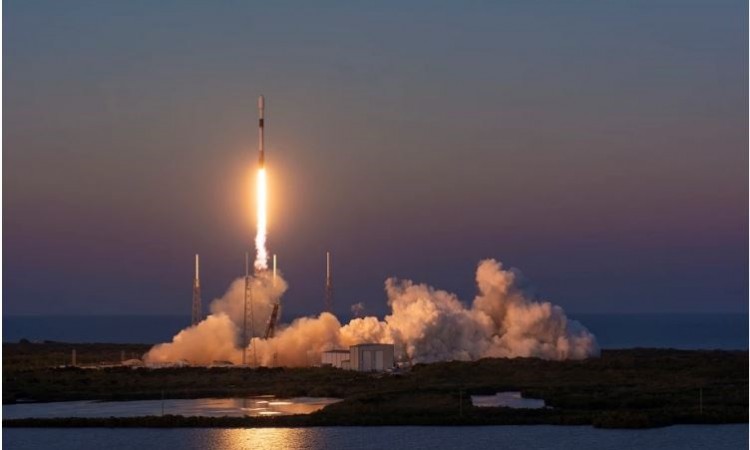
SpaceX's Falcon 9 rocket successfully sent 22 Starlink satellites into orbit, marking another achievement in the company's internet connectivity venture. The launch took place on Friday, August 11, as the Falcon 9, carrying the batch of satellites, took off at 1:17 a.m. ET (5:17 UTC) from Cape Canaveral Space Force Station's Space Launch Complex 40 (SLC-40) in Florida.
CALIFORNIA: After the separation of stages, the Falcon 9's initial stage made a controlled landing on the droneship named "Just Read the Instructions," positioned in the Atlantic Ocean. Impressively, this marked the ninth flight for this particular first stage booster. It had previously been involved in missions such as CRS-24, Eutelsat HOTBIRD 13F, OneWeb 1, SES-18 and SES-19, along with four Starlink missions.
Notably, this launch marked the second Starlink mission that SpaceX had conducted within the same week. This rapid launch frequency underlines the company's dedication to expanding its satellite broadband network. The ultimate goal of this endeavor is to offer global, high-speed, and low-latency internet coverage, particularly in regions where traditional broadband options are scarce or not available.
ISRO Extends Congratulations to Russia's Luna-25 Mission
ISRO Releases Captivating Images of Earth and Moon from Chandrayaan-3 Spacecraft on Board